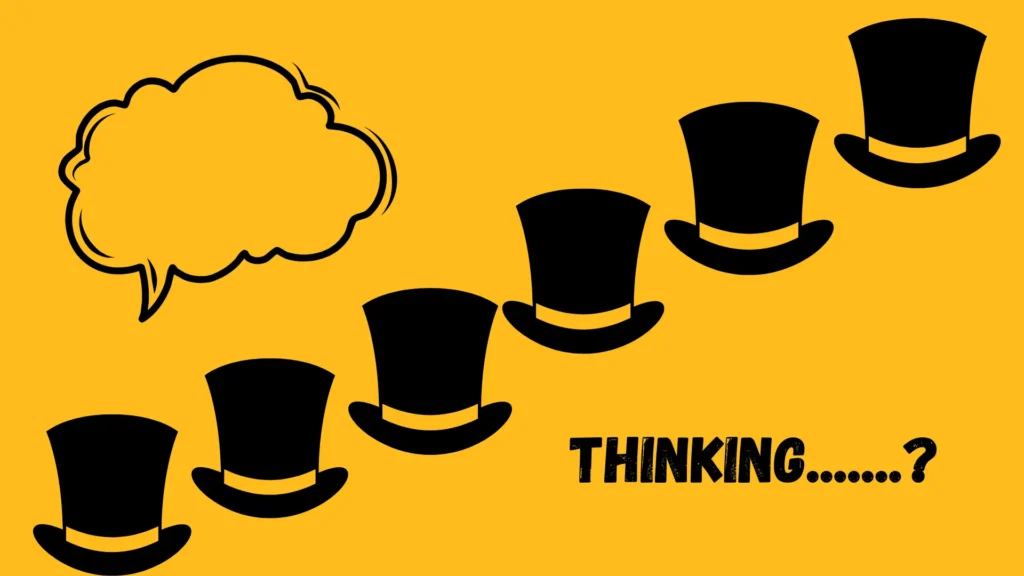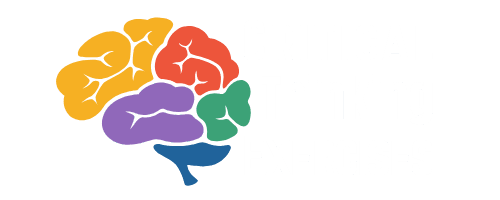Critical Thinking Exercise
One kind of brain gym that helps you get ready to evaluate, analyze, and make decisions in daily life is a critical thinking exercise. You can avoid overthinking. Able to identify assumptions and able to make the right decisions by doing practice. This ability will boost your confidence, help you make smart decisions, and improve your communication skills—all of which will help you succeed in all facets of your life.
This ability will boost your confidence and help you improve by making smart decisions about your communication skills, all of which will help you succeed in all factors of your life.
Are you looking for a critical thinking exercise? If yes, then you are at the right place. We are here to help you. Critical thinking exercise is one kind of brain gym that helps you get ready to judge in daily life. You can avoid overthinking. Able to identify assumptions, make the right decisions by doing practice. This ability will boost your confidence and help you improve by making smart decisions about your communication skills, all of which will help you succeed in all factors of your life.
Critical thinking is more important now than it has ever been. Alternative knowledge is too prevalent wherever we turn. It is easy to be cheated, make the wrong choice, or head in the wrong direction if one does not possess good mental skills. Critical thinking drills help you to slow down, think very carefully about information, and make choices that will bring about success.
A critical thinking exercise is what your brain requires to be tough. These types of tasks will build confidence, logic, clarity just as physical exercise builds wellness. More practice will make you think carefully, analyze the problem, think about your opinions so that you can have smarter answers to challenges.
Exercises for Critical Thinking to Improve Your Critical Thinking Skills
The good news is that we are able to develop our skills by studying, analyzing, and challenging our thought processes.
Critical thinking exercises are key to this improvement. Similar to a muscle that becomes stronger with use, our critical thinking capabilities build and develop as we use them in regular exercise.
The Five Whys
The purpose of this practice is to keep asking “why” until you uncover the real reason behind a problem. Every response raises a more complex query, allowing you to go beyond the obvious and discover the real reason.
Example :
Your project deadline was not met. Why? Because the work took longer. Why? Because the team did not have enough resources. Why? Because planning was poor. The true cause is poor planning, not slow work.
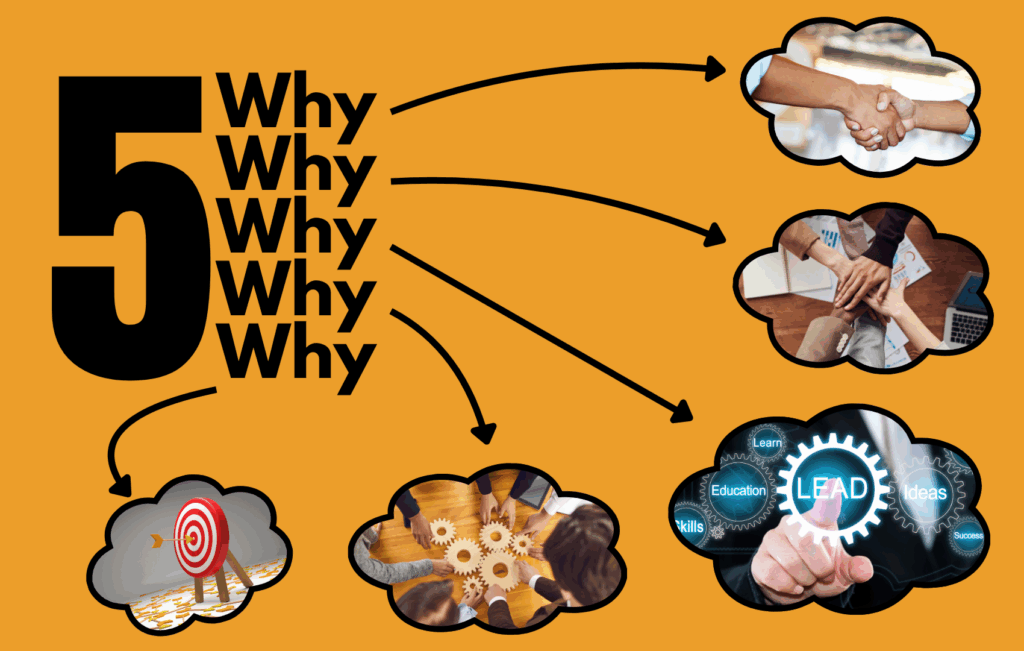
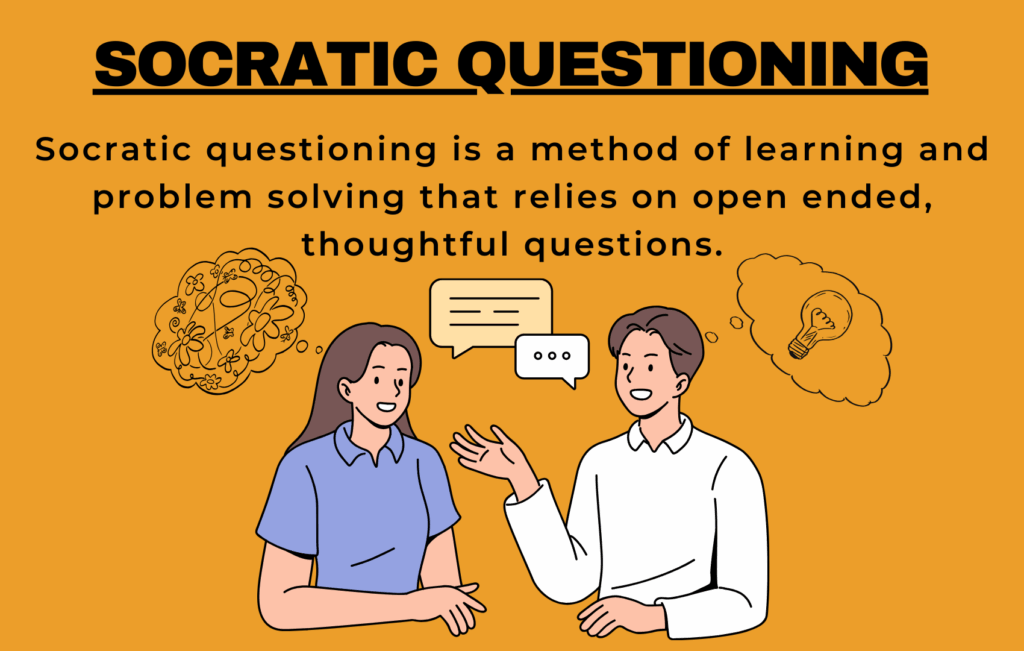
Socratic Questioning
This method is linked to the classical thinker and uses deep questions to test and check expectations. Rather than taking information as approved, you inquire, “What proof is there for this?” Could we be wrong? What if we went the other way?
Example:
Example. Someone tells you this concept will never work. By asking, “What facts show that?” Have other concepts with this idea worked in the past? You lead them into further reflection.
Devil’s Advocate
This exercise forces you to argue against your own belief to challenge its strength. Opposing yourself, you notice weaknesses and possible flaws that you might have overlooked. This benefits the development of more robust reasoning balanced opinions.
Example :
You think remote work is always superior. As a devil’s advocate, you argue. It may reduce face-to-face communication as well as teamwork.
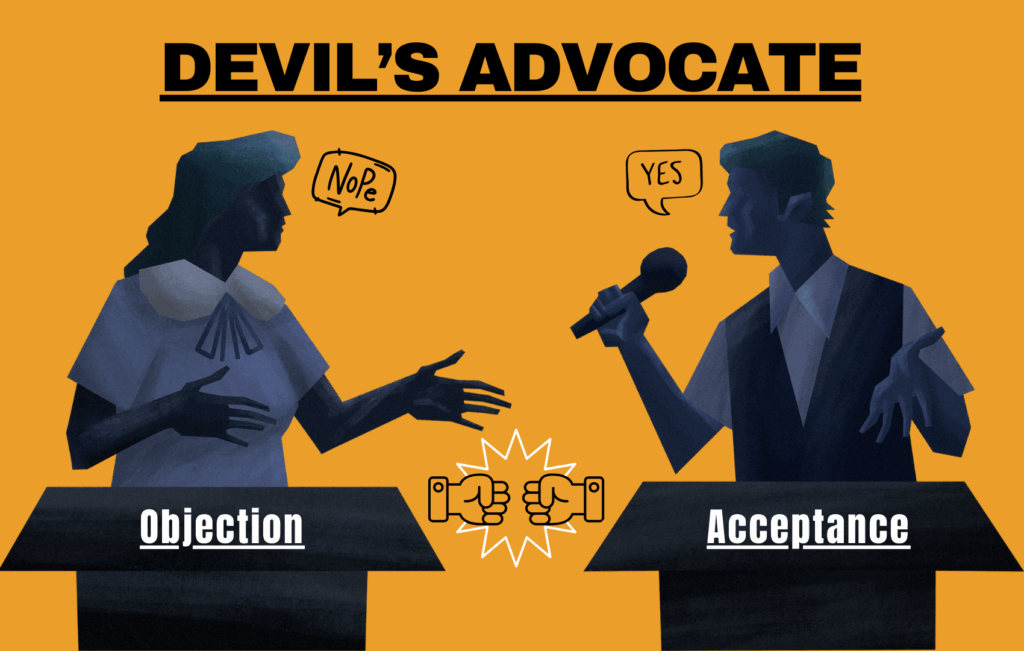
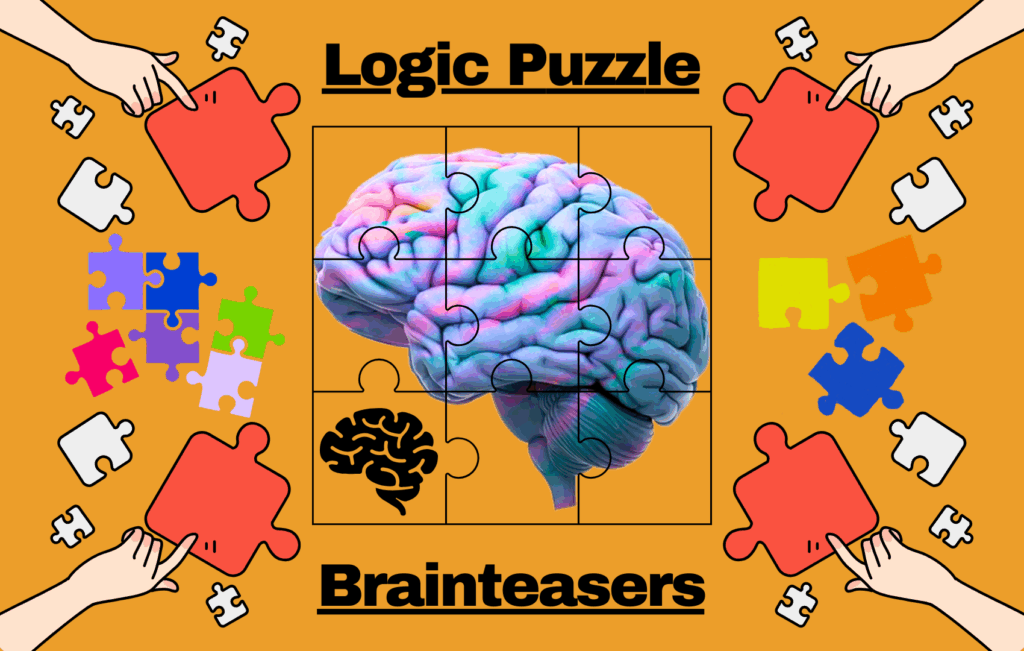
Logic puzzles and brainteasers
Your mind gets sharper when you handle brain puzzles, math problems, and riddles. These enjoyable exercises enhance your ability to concentrate, develop logical reasoning, educate your brain to recognize patterns, find novel solutions to issues.
Example:
A man has two coins totaling thirty cents. There is one coin that isn’t a nickel. Which two coins are they? The answer is a quarter and a nickel. The trick is that only one of them is not a nickel the other one is.
Case Study Analysis
It is an exercise that involves the study of actual or imagined cases, identifying problems, proposing solutions. It makes you utilize critical thinking in real-life situations rather than merely theory.
Example:
A firm loses business after a price hike. Was it due to inadequate promotion, tougher competition, or a weak product? Through analysis you determine the actual reason before deciding what to do next.
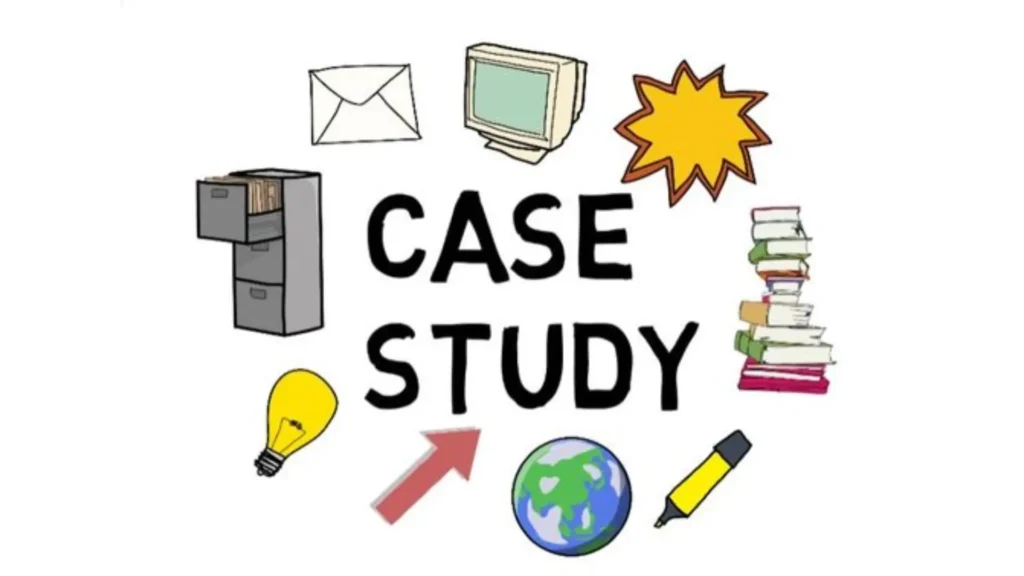
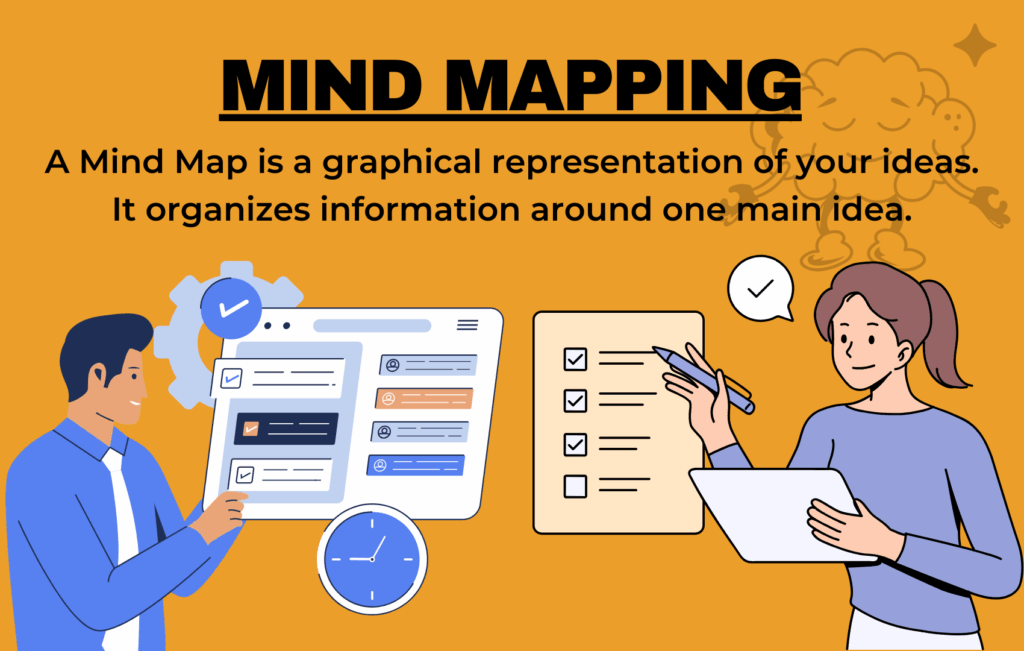
Mind Mapping
A visual tool called mind mapping organizes concepts around a central concept. You can divide large subjects into smaller related ideas. This promotes viewing relationships and essential patterns that you might have otherwise overlooked.
Example:
For the subject of Healthy Lifestyle, your map might have branches such as Exercise, Nutrition, Sleep, and Stress Management. You have a clear view of all areas to work on.
Reflective Journaling
Putting your thoughts, decisions, acts in writing promotes reflection, the use of knowledge gained from the past. It also promotes self-awareness, letting you monitor trends in your choices.
Example:
You write about your reaction, what you could have done differently after having a difficult talk. Over time journaling improves how you handle similar situations.
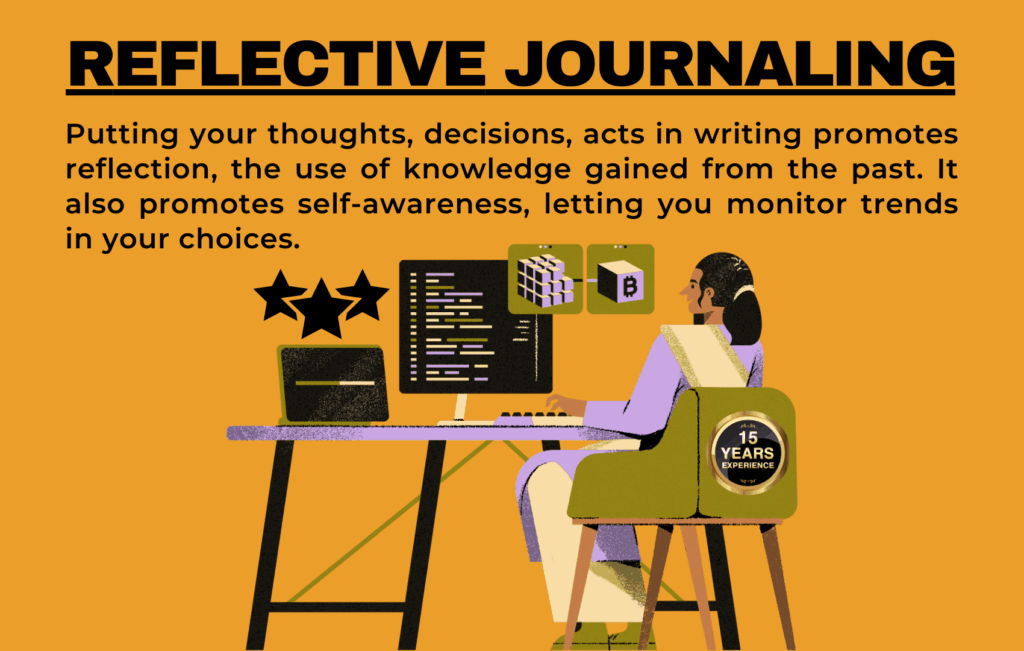
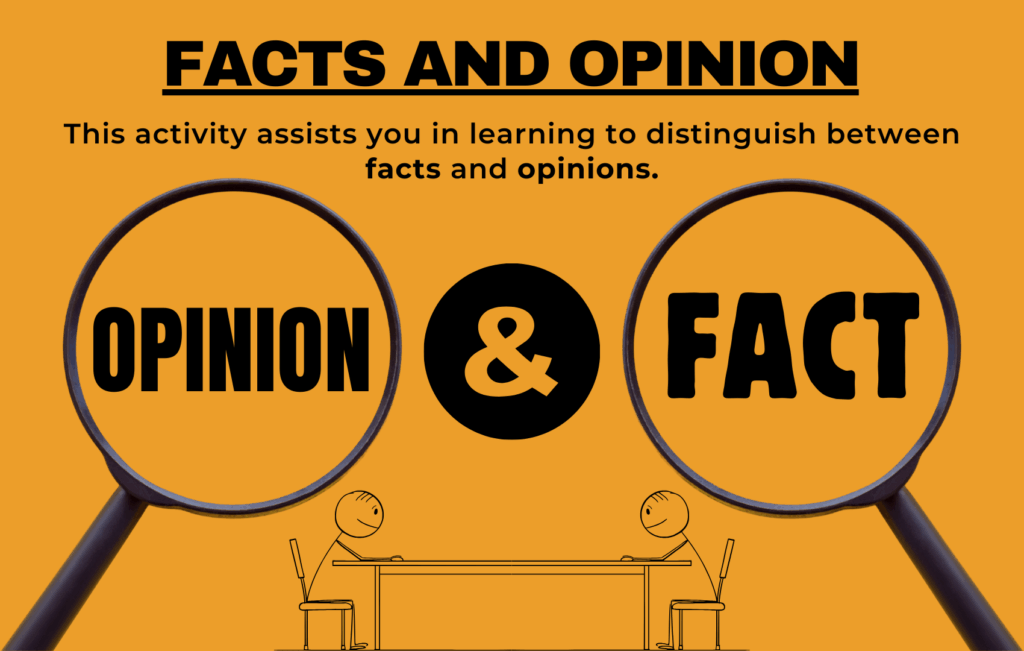
Fact vs Opinion Sorting
This activity assists you in learning to distinguish between facts and opinions. Nowadays there is so much news on social media it is important to be able to identify the difference.
Example:
Water freezes at 0°C, which is a fact. Winter is thought to be the worst season this is an opinion. By categorizing everyday facts, you improve your judgment to avoid being duped.
Reverse Brainstorming
Rather than asking, “How do we succeed?” You ask, “How could we fail?” This exercise helps you identify weaknesses and dangers before they become issues.
Example:
In reverse brainstorming, a restaurant looking to improve customer satisfaction first listed ways to make customers unhappy, such as slow service, rude staff, and high prices. Then, by reversing these points, they found clear solutions: fast service, friendly staff, and fair pricing.
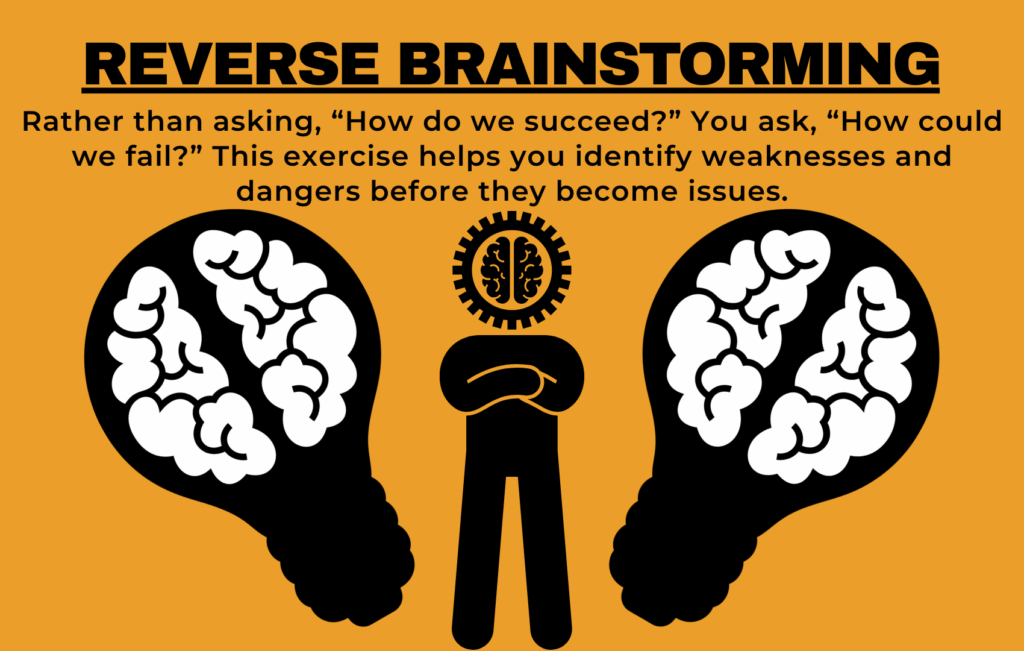
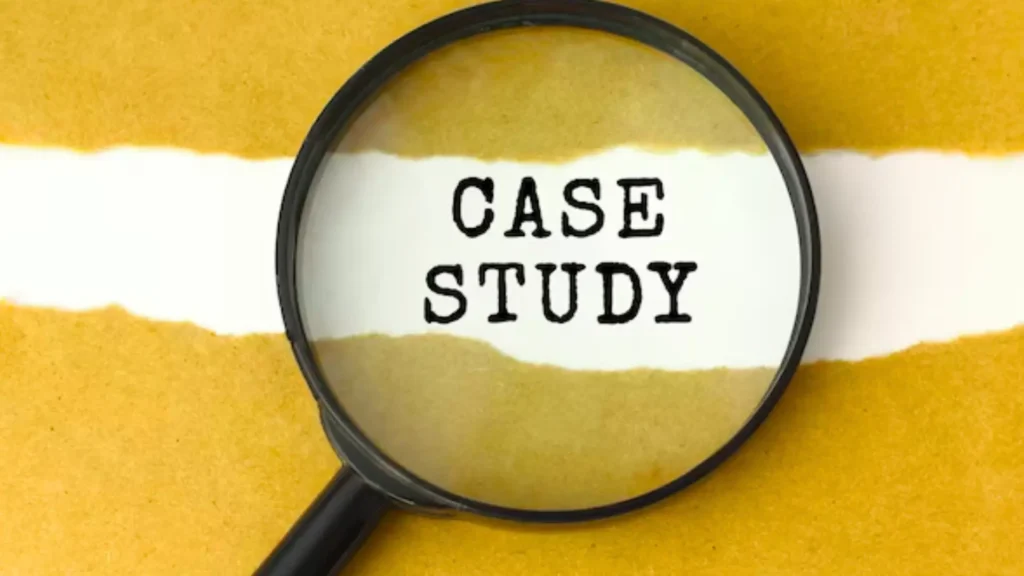
Find the Fallacy
Errors in reasoning that undermine arguments are known as logical mistakes. By being able to identify them, you can prevent being deceived by poor arguments and also make your own stronger.
Example:
You say he is successful, so his opinion must be correct. That is a fallacy since success does not always mean truth.
Explain It Simply
This drill compels you to distill complicated concepts into simple, straightforward language. Giving a child or beginner an explanation of a concept helps you fully understand it yourself.
Example:
Photosynthesis is a natural process by which plants transform sunlight into energy. It involves using sunlight, water, and air to create food.

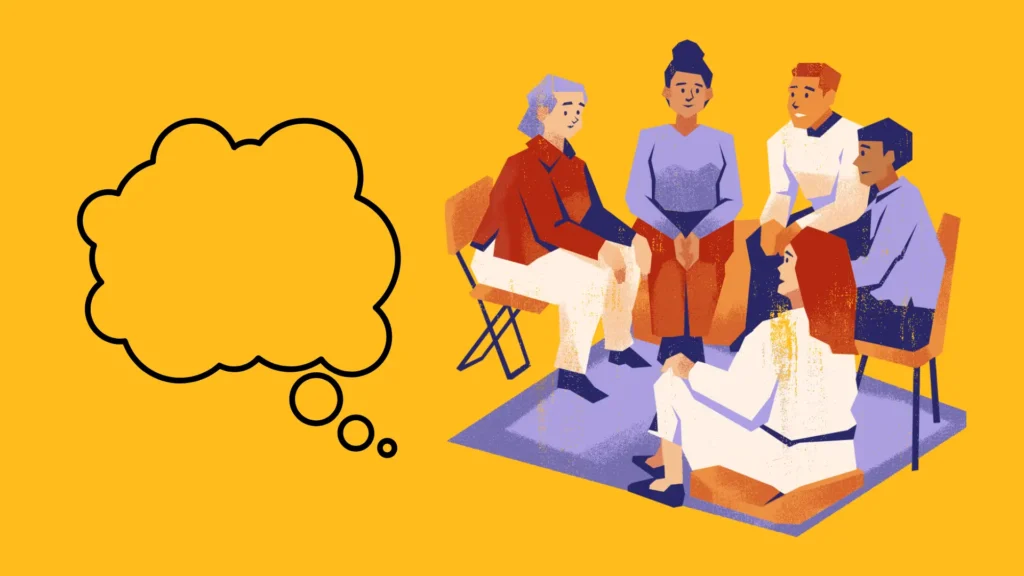
Role Playing
It will help you to be ready for actual problems by emulating them in a safe environment. It improves decision-making and confidence
Example:
If one person acts as an upset customer and another acts as the problem-solving employee. Rehearsing the situation makes it simpler to deal with in reality.
SWOT Analysis
This formal exercise considers strengths, weaknesses, opportunities, and threats in a given situation. It compels you to analyze problems from all sides before making a decision.
Example:
Opening a bakery. Strength in good recipes. Weakness: limited budget. Opportunity demand in the neighborhood. Threaten large competitors. With this analysis you plan better.
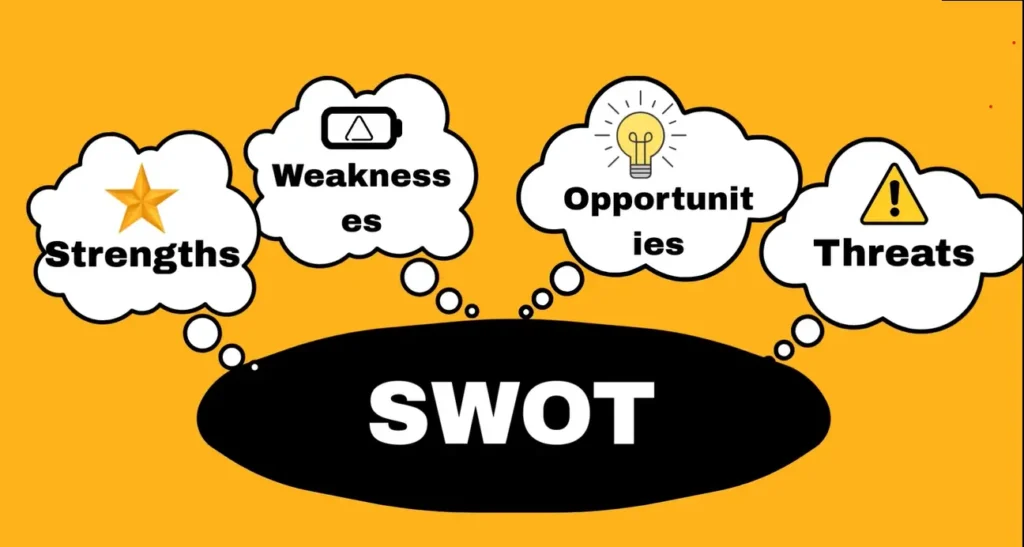
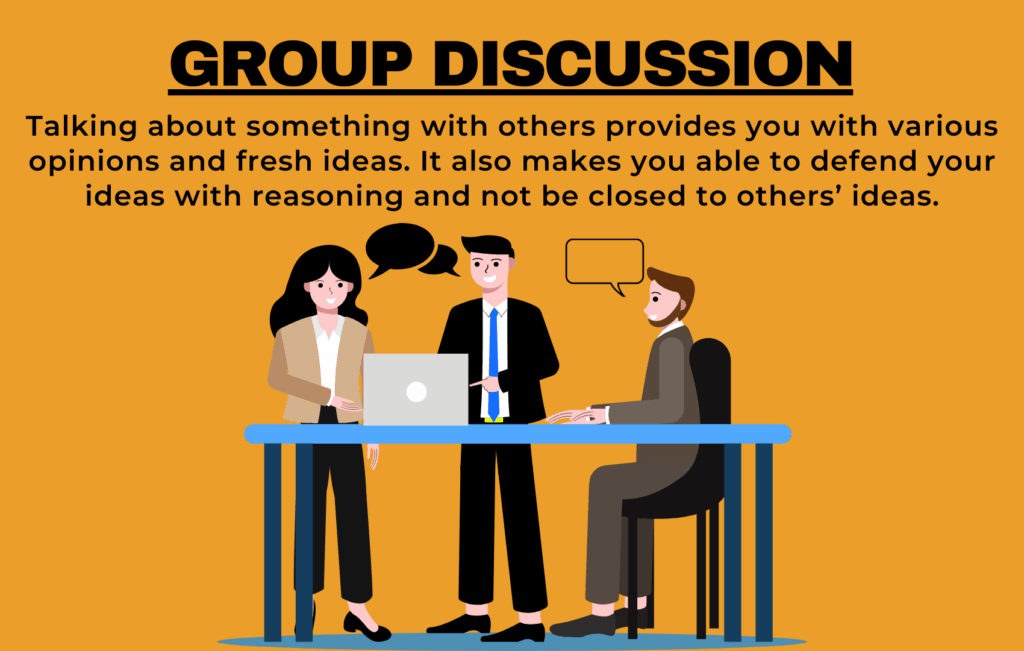
Group Discussions
Talking about something with others provides you with various opinions and fresh ideas. It also makes you able to defend your ideas with reasoning and not be closed to others’ ideas.
Example:
A group debates. Is it appropriate for schools to ban smartphones? Everyone presents their argument, and the group works together to arrive at a logical response.
The Six Thinking Hats
It invites you to think from six different hats. Facts are white. Feeling red. Caution: black. Optimism is yellow. Imagination is green. Arrangement in blue. It guarantees a balanced way of approaching any decision.
Example:
Organizing an event, you employ each hat. Facts for budget. Risks for weather. Creativity for activities.
